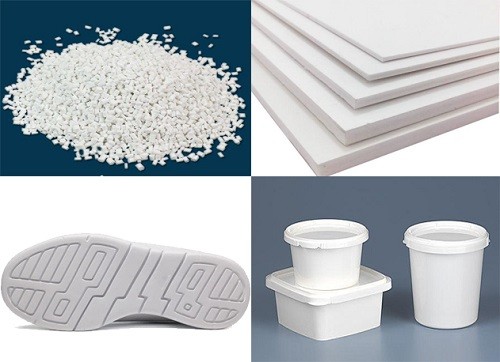
Product Categories
Contact Us

(1) The whitening effect should be obvious. High whiteness is the main embodiment of the whitening effect of fluorescent whitening agents. The advantages of high whiteness are not only reflected in the appearance of plastics, but also have many advantages, such as high whiteness can reduce the usage, prevent the change of plastic strength and reduce the cost of manufacturers.
(2) High temperature resistance and high temperature stability. Because the melting temperature of plastic products is generally 150~280"C, it is required that the plastic fluorescent whitening agent used will not decompose or change color in this temperature range, thus losing its whitening effect.
(3) It has high weather fastness to sublimation fastness and sunlight. In recent years, white plastics have been widely used in building materials and advertising industries, which requires that the fluorescent whitening agents used have excellent heat-resistant sublimation and sun exposure resistance. The weather fastness of fluorescent brighteners is affected by the structure of fluorescent brighteners and the amount of fluorescent brighteners added.
(4) Good compatibility with plastics and good dispersibility in it. This is a necessary condition to ensure that plastics are uniformly whitened. The molecular dispersion or complete solubility of fluorescent whitening agents is very important to achieve high-efficiency optical whitening.
(5) Good solvent resistance, migration resistance, chemical stability, no exudation and extraction. When plastic fluorescent whitening agent comes into contact with solvent or products containing plasticizer, it will not migrate due to dissolution. Good acid and alkali resistance, and no harmful chemical reaction with other additives in plastics.
(6) It has no influence on the processing and use performance of plastics. Such as fluidity, lubricity, printability and finishing of plastic processing; Performance of electrical properties, physical and mechanical properties, aging resistance, etc.
(7) Chemical resistance, electrical insulation, etc.
(8) Non-toxic and tasteless. This requirement is particularly important for fluorescent whitening agents used in food and plastic industry and plastic toy industry, which is related to people's health and life safety. In some countries, there are strict regulations on fluorescent whitening agents for food plastics and toy plastics.

20 years experiences textile machine manufacturer and exporter
